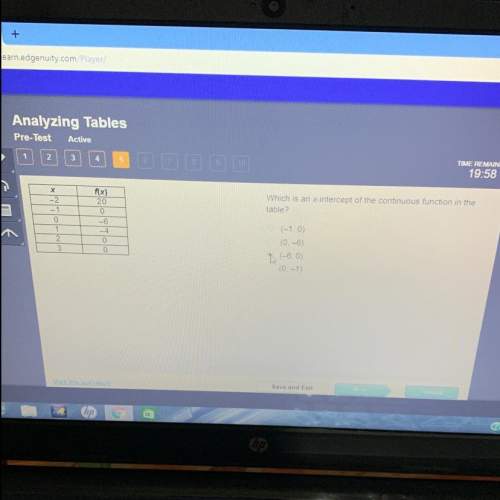
Mathematics, 13.07.2020 19:01 annabanana1298
A lottery winner invested $30,000 in an account earning 7% per year compounded continuously. If no withdrawals are made, how much was in the account at the end of five years

Answers: 3


Other questions on the subject: Mathematics




Mathematics, 22.06.2019 03:30, Emptypockets451
Astudent solves the equation for v. start with the original equation. use the square root property. use the division property of equality. use the multiplication property of equality. simplify. which statement explains how to correct the error that was made? the square root property must be applied after all other properties of equality are applied. the multiplication property of equality should have been applied before the division property of equality. the division property of equality should have been applied to move the fraction to the other side of the equation. the square root property should have been applied to both complete sides of the equation instead of to select variables.
Answers: 1
You know the right answer?
A lottery winner invested $30,000 in an account earning 7% per year compounded continuously. If no w...
Questions in other subjects:


English, 12.10.2019 13:30




English, 12.10.2019 13:30


Mathematics, 12.10.2019 13:30

Mathematics, 12.10.2019 13:30


 .
. 





